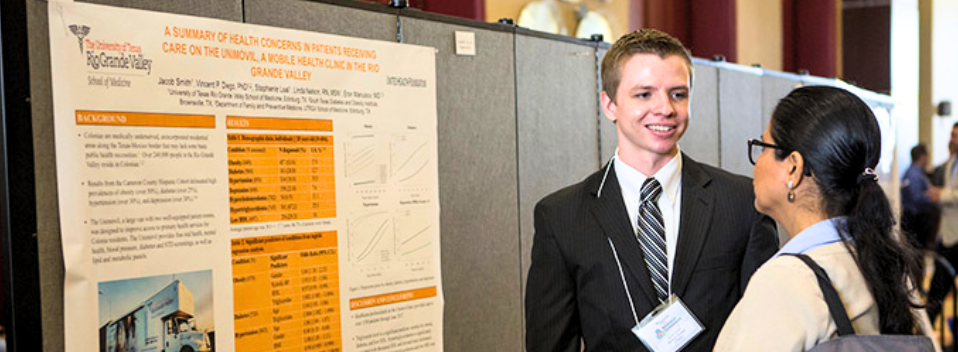MEDI 8127 Scholarly Activities Pre-Clerkship
Document Type
Article
Publication Date
7-26-2023
Abstract
South Texas is a majority Hispanic, historically medically underserved area with pockets of low socioeconomic status and poor access to healthcare, including prenatal care. This paper aims to monitor the changes in prevalence for cardiac and circulatory, gastrointestinal, genitourinary, and neural tube birth defects in this region in the last two decades to shed light on the effectiveness or ineffectiveness of current public health efforts. Public data on 20 birth defects from the Texas Department of State Health Services were obtained for decades 2000-2010 and 2010-2019 in Texas Public Health Region 11 and the remainder of Texas. It was found that the prevalence of anencephaly and spina bifida without anencephaly have not significantly changed between 2000-2009 and 2010-2019 in either Texas Public Health Region 11, and the remainder of Texas. Other significant findings were the increase in prevalence of microcephaly, ASD, pulmonary valve atresia or stenosis, PDA, and hypospadias in Texas Public Health Region 11 in the last decade. All of theses defects, in addition to hydrocephaly, double outlet right ventricle, tetralogy of Fallot, VSD, tricuspid valve atresia or stenosis, coarctation of the aorta, stenosis or atresia of the small intestine, and renal agenesis/dysgenesis saw a higher prevalence in the rest of Texas in 2010-2019 compared to the previous decade. Pyloric stenosis alone saw a significant decrease in prevalence in the latter decade for both regions in this study. Furthermore, it was found that Texas Public Health Region 11 had a larger prevalence of birth defects compared to the remainder of Texas in 2000-2009; and, while this trend remained true in the latter decade, there were fewer birth defects overall.
Recommended Citation
Lopez, Miguel A.; Hebert, Jonathan M.; and Rengasamy, Padmanabhan, "Birth defect trends within Texas Public Health Region 11, 2000-2019: an analysis of Texas Department of State Health Services public data." (2023). MEDI 8127 Scholarly Activities Pre-Clerkship. 51.
https://scholarworks.utrgv.edu/som8127/51
Academic Level
medical student


